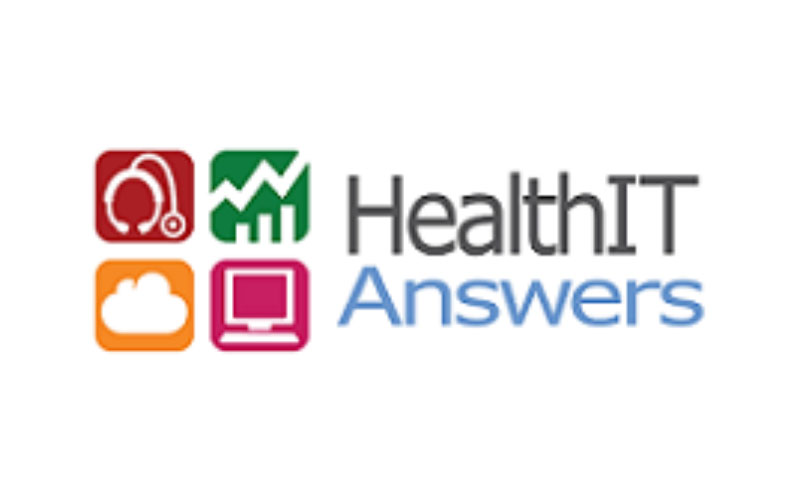In today’s healthcare landscape, hospitals face razor-thin margins, with staffing shortages and increasing patient self-pay adding to the complexity of revenue cycle management. At the same time, patients are struggling to pay for their healthcare, often facing unexpected bills and medical debt. Research finds that close to a third of adults in the U.S. have saved just $500 or less to cover medical costs, and more than a quarter have medical debt already. Things have gotten even worse for patients since the pandemic, as 2.5 million more people have medical debt that has gone into collections since the start of COVID-19.
When patients can’t pay, the fallout is significant. For example, the Consumer Financial Protection Bureau reports that “46 percent of individuals with medical debt purposely avoided care.” They may also be denied care due to unpaid bills. When patients can’t get the care they need when they need it, outcomes can decline and lead to more hospitalizations and emergency department visits resulting in even greater healthcare costs and medical debt.
In this environment, providers must do all they can to make it easier for patients to pay for the care they need and to ensure they’re collecting every dollar they’re owed. An excellent place to begin is by improving patient access processes.
Easing staff burden
Engaging patients early in the patient access process can help set the stage for a positive patient encounter. However, Patient Access services can be particularly difficult for healthcare organizations to manage these days. Staffing shortages have made it difficult for providers to fill revenue cycle roles, with schedulers and staff to manage authorizations making up a third of all responses to a poll from MGMA asking what roles are the hardest to fill. A recent study published by Becker’s Hospital Review found that 63% of providers were experiencing revenue cycle staffing shortages, and only 42% were satisfied with their patient payment solutions. Many of the providers in the study said they were looking to hire more revenue cycle staff to improve patient satisfaction.
Leveraging self-service tools and call center support can help reduce the workload for staff and improve overall productivity.
An eye to patient preferences
Providers should offer customer-friendly interactions right from the start. It is critical to engage patients early and often, with an eye to their preferences. Using patient self-service tools like online appointment scheduling, check-in, and bill pay can reduce the workload on staff while improving the patient experience. Patients appreciate the convenience of handling tasks on their own time rather than during business hours. Call center support can help patients with more complex issues or answer questions that self-service tools cannot handle.
Patient-centric scheduling
Scheduling is an integral part of the patient encounter as it may be the patient’s first contact with the provider. Offering multiple channels for scheduling appointments, such as online, by phone, or by text, can simplify the process and help create a positive patient experience.
Providers must take care to provide HIPAA-compliant, multilingual scheduling options. Patients whose native language isn’t English may struggle to understand the scheduling process, leading to frustration and confusion. By offering multilingual scheduling options, providers can reduce language barriers and ensure that all patients have access to high-quality care. It can also minimize scheduling mistakes while helping to improve patient satisfaction.
Simplify prior authorization
Prior authorization is a critical component of revenue cycle management, but it can also be time-consuming and frustrating for providers and patients alike. By leveraging automated tools, providers can streamline the prior authorization process and reduce the burden on staff and patients. This, in turn, can help reduce delays in care and improve outcomes.
91% of physicians surveyed said prior authorizations had had a negative impact on outcomes, and 34% say that authorization-related delays in care have led to a serious adverse event.
Automated prior authorization solutions can verify coverage, check for medical necessity, and submit requests electronically. This can improve efficiency, reduce errors, and speed up the overall process. Staff appreciates spending less time on manual administrative tasks, and patients appreciate receiving the care they need without delay.
Collect earlier in the process and make it easy to pay
Using payment estimation tools during the patient access process can improve upfront revenue capture and reduce collection costs. These tools enable providers to educate patients about what they owe and allow them to collect at or before the time of service more efficiently. Patients appreciate the transparency because it will enable them to make more informed decisions about paying for their care and reduces their likelihood of taking on medical debt.
For many healthcare consumers, a digital-first approach to paying their medical bills is comfortable and preferable. One recent survey found that 85% of patients want to be able to make payments electronically. They also appreciate the opportunity to manage accounts for family members through digital options. Having to manage multiple bills for multiple family members is challenging enough. Being able to do it through a single portal can help.
For less tech-savvy patients, providers should offer compassionate and knowledgeable customer service agents with expertise in patient financial encounters. Agents should be able to explain balances, co-pays, deductibles, and financial responsibility in a way that is easy for patients to understand. They should also offer patients a guided tour of digital options, such as electronic statements and payment portals. This can help patients who want to learn how to use digital platforms in the future.
Putting it all together
The bottom line is that providers must capture patient preferences early in the relationship, provide easily accessible support, and customize their communications based on those preferences, whether a phone call, email, text, or secure messaging.
In today’s competitive healthcare landscape, providers must prioritize patient access and customer service to remain viable. Customer friendly patient access solutions, such as those offered by Revenue Enterprises, can help providers streamline workflows, provide visibility, and prevent denials, reducing the $315 billion spent annually on revenue cycle administration. By leveraging technology and services, providers can improve financial results, enhance the patient experience, and build patient loyalty.


